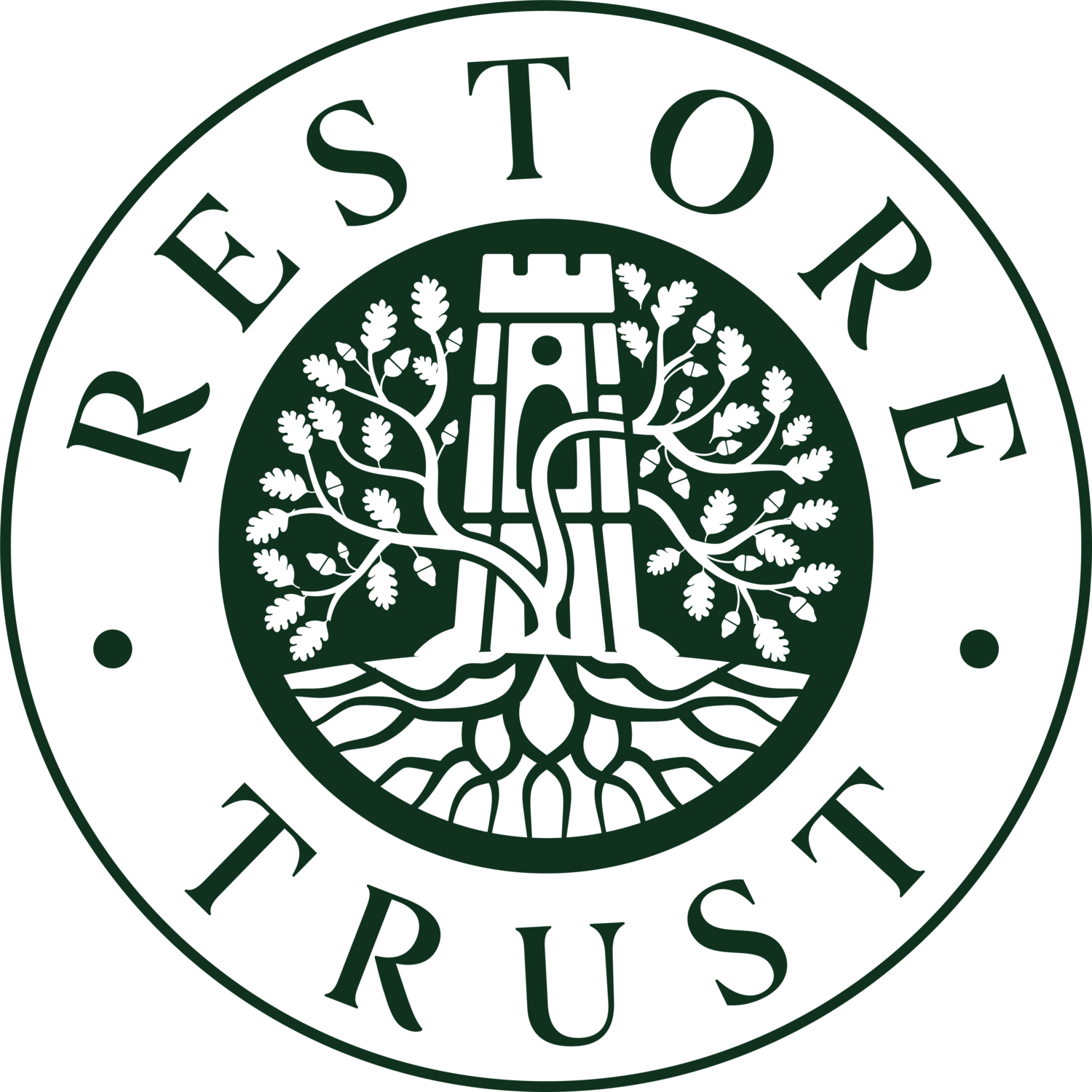A recent history of NT curators
The fundamental objectives and achievements of the National Trust were very lucidly expounded by Robin Fedden in 1968, in The Continuing Purpose: A History of the National Trust, its Aims and Works.
This book was the ‘bible’ given to all new management staff who joined the Trust in the late 1960s and 1970s. He emphasised the paramount need to protect the integrity of each property. To fulfil its obligations to its properties – every one acquired for its outstanding beauty or national importance – it was vital that the Trust be independent of government or political interference in all its decision-making.
Lanhydrock House
There were always two strands of conservation work: protecting nature and the countryside, and preserving historic buildings, parks and gardens. The properties for conservation had always included a very wide range of buildings –farms, cottages, small manors and so forth, as well as the great houses for which the Trust is chiefly known. The remit also came to embrace industrial sites (such as Quarry Bank Mill) and later still the Beatles’ houses in Liverpool and back-to-back houses in Birmingham. The National Trust was unique in integrating the management of such diverse properties, showing them to the highest possible standard.
Developments in the 20th century
In the post-War years, curatorship of the historic buildings was in the hands of a very few paid professional staff and some distinguished local antiquarians. All were called ‘historic buildings representatives’ – a curious title which, however, reflects the unique breadth of their role. To an extent they were stepping into the shoes of the former owners – an arrangement that of course could not have lasted indefinitely.
From the early 1970s, with the improving economy and growing membership, the Trust could afford to take on more younger, professionally qualified staff, and care and display came to be more rigorously informed by documentary research and investigation of physical evidence. The historic buildings representative was now responsible for the historic and aesthetic presentation of the whole estate – the house and its contents and the created landscape. In addition, some specialists in particular fields were appointed, starting with a pictures adviser, a furniture adviser, a libraries adviser, a documentary researcher and two conservation ‘house-keepers.’
The National Trust as leader in conservation
As a result of its growing skill in the curatorship of such a wide portfolio, the Trust became the inspiration for many private owners of great houses – particularly those that were likewise open to the public – and for similar trusts all over the world, which were addressing the same challenges. Conversely, the National Trust obtained advice from specialists of all kinds in museums, universities, the art world and industry – all of whom were generous with their time. The Trust found willing experts in everything, including furniture, silver, glass, fans, Staffordshire pottery figures, taxidermy, corrugated iron, lime-ash flooring, hollies and rhododendrons – and much more.
The broader policies of presentation and conservation were guided by specialist committees – Architectural, Arts and Gardens Panels (as well as Nature, Archaeology and Estates Panels, which were less central to the curatorial remit). Their membership comprised the most eminent experts in their fields (museum directors, art historians, dealers, designers, architects, garden historians and landscape architects – among others). All were at the peak of their profession, and the Trust was exceptionally fortunate in benefitting from their freely given advice. Had this advice been commuted into professional fees, the Trust simply could not have functioned properly.
By the last quarter of the 20th century, the properties were managed within regions, each generally comprising two or three counties (and with an advisory regional committee, again of expert volunteers). The historic buildings representatives were integrated into each team with the managing agents (usually professional land agents) and other staff. They shared a common purpose, respecting each other’s objectives, and this system of management by and large worked well.
Management change and reorganisation
Towards the end of the century, however – with the expansion of the Trust, ever-increasing legislation, and the feeling that the Trust should appeal to wider constituencies – there was a perceived need to adopt a more corporate system of management. At least three management reorganizations followed within the space of 15 years, which were extremely demoralizing for the whole institution. Initially, the historic buildings representatives were abolished, and replaced by ‘curators’ with narrower ‘specialisms’ (interiors, buildings, landscapes, or parks and gardens). They became ‘consultants’ who were not integrated into any management teams, and so were divested of all authority.
Problems flowing from loss of expertise
Management of the properties was delegated to individual property managers, who were appointed for managerial skills, but generally not for historical or art-historical knowledge or indeed for land-management skills. Their main brief has been to make money and attract increasing numbers of visitors to houses, parks and gardens, with bigger shops, restaurants and visitor centres, more playgrounds, larger carparks – sometimes overwhelming the property itself (e.g.: at Anglesey Abbey). These ill-judged directives, combined with devastating ignorance, have led to some very damaging decisions: faking stage-sets in interiors (a music room at Stourhead), the introduction of bean-bags into the grandest drawing rooms (Ickworth), rotating a pair of world-class commodes back-to-back in the house where their original positions await them (Croome Court) – not to mention the overpainting of historic graffiti in a hidden room (Blickling), and the destruction of an historic decorative scheme to suit a film set (Osterley).
Latterly, in addition to this relentless diminution of standards, a political agenda has come to dominate the Trust, further undermining the curators’ efforts to reveal these beautiful places at their best. What has become of the ideal of ‘Continuing Purpose’?


